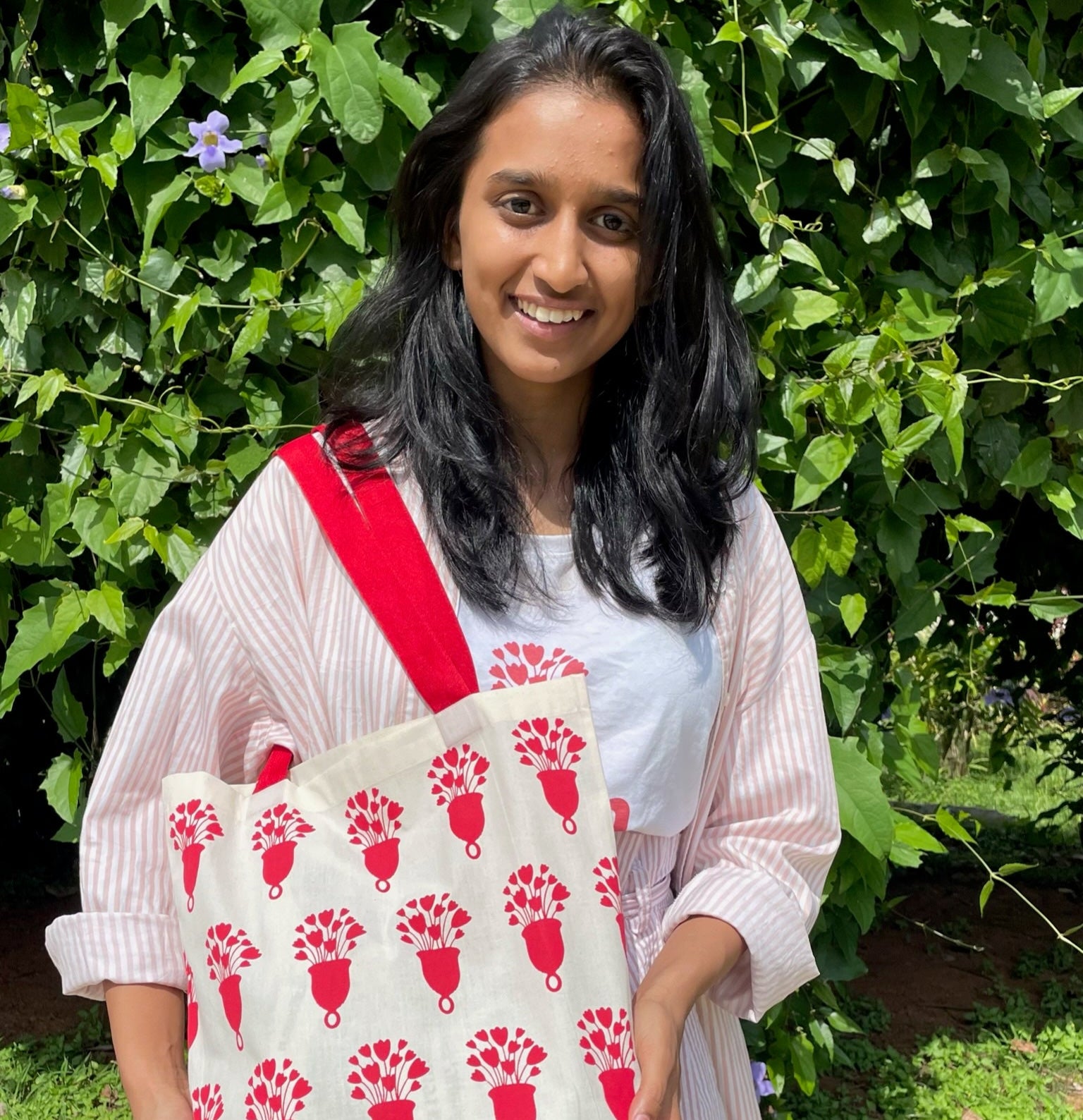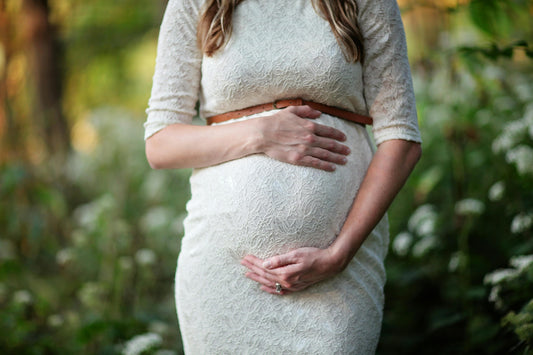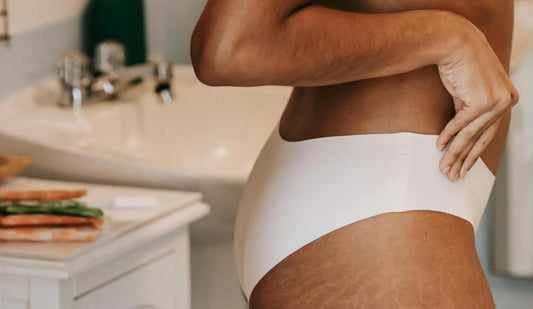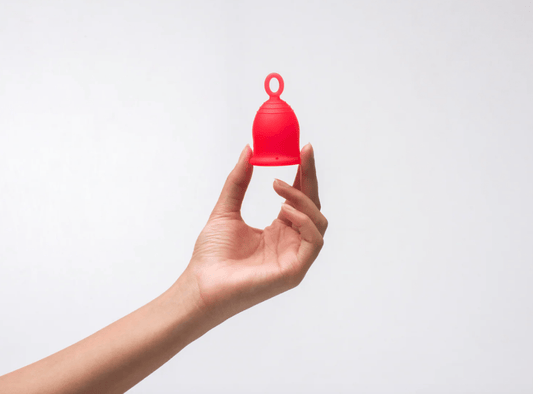 Have you been considering making the switch to a sustainable period product? Well you’re not alone.
Have you been considering making the switch to a sustainable period product? Well you’re not alone.
As we become more educated about the impact of single-use period products on the environment, globally we’re seeing a huge shift towards adopting more sustainable menstrual practices.
But with so many period product options from numerous brands available, it can be confusing to know which product will work best for you and your period.
So in this blog, we’ll talk about all the sustainable period options available and understand the pros and cons of each product to help you decide the best fit for you.
First, let's start by understanding what exactly sustainable menstruation is and why this shift is necessary.
Understanding sustainable menstruation
What is sustainable menstruation?
Across our lifetime, we will dispose of approximately 15,000 single-use plastic sanitary pads or tampons.
For years, the way we manage our period has involved using plastic sanitary pads - which are terrible for the environment.
The plastic in pads, tampons and applicators that you use today will still be sitting in landfill hundreds of years from now.
However, there is a much-needed shift happening globally towards low-waste living and adopting sustainable menstrual practices.
The meaning of sustainable menstruation is to be mindful of the environmental impact of disposable sanitary products in an effort to reduce your personal waste that contributes to environmental degradation.
Why is sustainable development essential?
Sustainable development helps us conserve our natural resources so that everyone around the world can have access to basic needs.
It is also important to take care of our environment so that other species can thrive in their natural habitats - such as keeping oceans plastic-free for marine life.
What does it mean when a product is sustainable?
You may be wondering, what is a sustainable period product? For a period product to be sustainable, it should either be biodegradable or reusable, or both.
The product should be easy to clean and maintain, ideally using as little water as possible.
A good quality sustainable period product should be designed to have a long life so you don’t need to go back and buy another product within a year or two.
What is the worst product for the environment?
Out of all the period product options available, single-use sanitary pads are the most harmful product for the environment.
Single use pads and tampons must be manufactured repeatedly every month, which constantly consumes electricity and water - directly contributing to global warming.
If you’re wondering, do sanitary pads decompose? The answer is no. When we dispose of our sanitary pads every cycle, they either go into our oceans and can become a choking hazard for marine life, or end up in landfill and don’t break down for decades.
 Moreover, due to the lack of waste management systems in rural areas, sanitary pads are often burnt - releasing toxic and harmful chemicals into the air. This is not only harmful for the environment but also people as you are likely to breathe in toxins.
Moreover, due to the lack of waste management systems in rural areas, sanitary pads are often burnt - releasing toxic and harmful chemicals into the air. This is not only harmful for the environment but also people as you are likely to breathe in toxins.
If you’d like to learn more about how period products are bad for the environment, other people and our bodies, read this blog about the environmental impact of single-use period products to learn more.
Sustainable period product options
Now that we’ve understood why sustainable menstruation is so important, let's dive into what low or zero-waste products are available for us.
Cloth pads
Cloth pads are designed similar to single-use sanitary pads, but are made with sustainable material alternatives such as with organic cloth.
A good quality cloth pad should last you for 2-4 years, depending on how frequently you use it and how it is cared for.
When using cloth pads, you need to change it in the same duration of time as you would for sanitary pads. To wash the product you just need to clean it with a natural soap and let it dry out in the sun.
 So if you’re wondering, are reusable pads better for the environment? The answer is yes.
So if you’re wondering, are reusable pads better for the environment? The answer is yes.
Period underwear
Period underwear is another great option for green period products.
A period underwear is essentially a normal underwear with layered absorbent and leak-proof padding to collect your period flow.
Similar to cloth pads, you can wear period underwear for the same amount of time that you would use a sanitary pad for. And one period underwear will last you around 2 years, depending on how well you take care of it.
 The best part is that you don’t need to use any other period product in addition to the period underwear. You can just pop period panties on and go about your day.
The best part is that you don’t need to use any other period product in addition to the period underwear. You can just pop period panties on and go about your day.
Learn more about the difference between period underwear and menstrual cups.
Menstrual cups
Menstrual cups are the most sustainable product to manage your period.
In fact, a recent study by the former chief scientist of the World Health Organisation (WHO) found that menstrual cup users produce 99% less waste than pad users.
A menstrual cup is a bell-shaped device that is inserted inside your vagina to collect your period flow. It sits at the base of your vaginal canal and creates a seal to prevent leaks.
 You can use a menstrual cup for up to 12 hours, so you don’t need to worry about changing it throughout the day or at night.
You can use a menstrual cup for up to 12 hours, so you don’t need to worry about changing it throughout the day or at night.
A good quality menstrual cup, such as the Asan cup, is designed with medical grade silicone and will last you 10 years. That’s equivalent to using more than 2500 sanitary pads in the time period!
 Cleaning a menstrual cup uses much less water in comparison to cloth pads or period underwear. Before and after your menstrual cycle, you just need to boil it in hot water. And during your period just remove it, rinse it with a little bit of tap water, and reinsert.
Cleaning a menstrual cup uses much less water in comparison to cloth pads or period underwear. Before and after your menstrual cycle, you just need to boil it in hot water. And during your period just remove it, rinse it with a little bit of tap water, and reinsert.
You can also use Asan’s One Drop cleanser for extra cleanliness and when you’re travelling.
 Read this blog to learn everything you need to know about menstrual cups.
Read this blog to learn everything you need to know about menstrual cups.
Menstrual discs
Similar to a menstrual cup, a menstrual disc is an insertable period product designed to collect your period flow.
A menstrual disc has a wide and oval shaped rim which comes with a soft, silicone bag hanging down to store your flow.
Unlike a menstrual cup, a disc sits at the top of your vaginal canal - right under your cervix. The great advantage about this is that you can have sex while on your period as there is nothing blocking your vaginal canal.
 While menstrual discs are not made with plastic, they are usually single-use products and need to be disposed of after every use. However, there are reusable options available, which can be used for up to 10 years.
While menstrual discs are not made with plastic, they are usually single-use products and need to be disposed of after every use. However, there are reusable options available, which can be used for up to 10 years.
Read this blog to learn more about the difference between menstrual cups and menstrual discs.
Biodegradable pads and tampons
There are many organic sustainable products available that come in the form of single-use sanitary pads or tampons.
For example, biodegradable materials such as bamboo are being used to make pads. And similarly organic cotton is being used for tampons.
 While these products are biodegradable, it usually takes between 90 to 180 days for a pad or tampon to decompose - so it’s important to recognise that you are adding to landfill waste in the short term.
While these products are biodegradable, it usually takes between 90 to 180 days for a pad or tampon to decompose - so it’s important to recognise that you are adding to landfill waste in the short term.
As biodegradable products are single use, it also uses large amounts of energy and water to manufacture and transport these products.
So while they are definitely less polluting compared to plastic pads and tampons, they are still more harmful to the environment than reusable cloth pads, period underwear and menstrual cups.
Also keep in mind that some layers of pads, the applicators and strings of tampons, and packaging can still contain plastic.
So if you're considering biodegradable period products, it’s important to do your research and learn about whether you are buying from a sustainable period product brand that is not using any plastic.
Ready to shop for the most sustainable feminine hygiene product? Get your Asan cup now.






